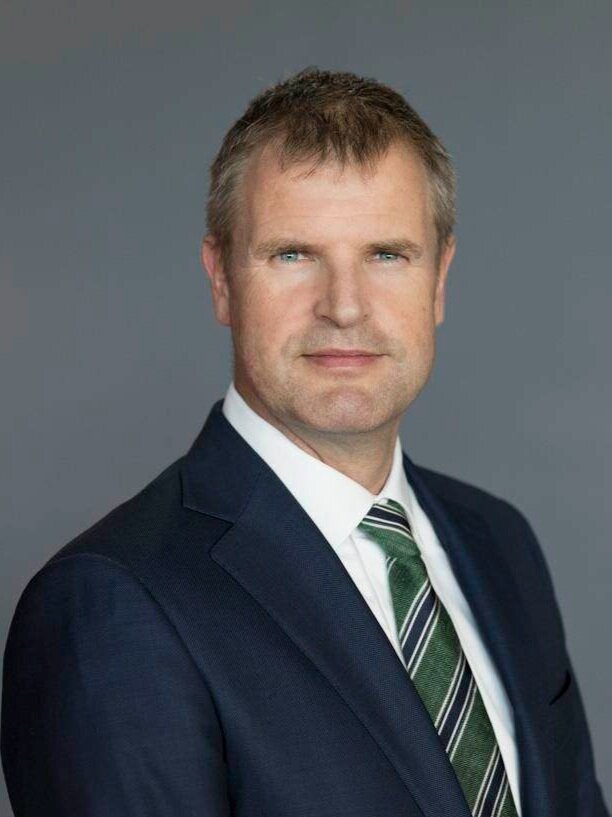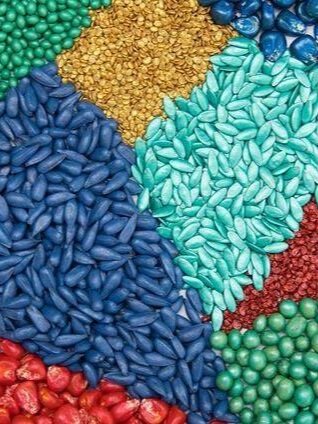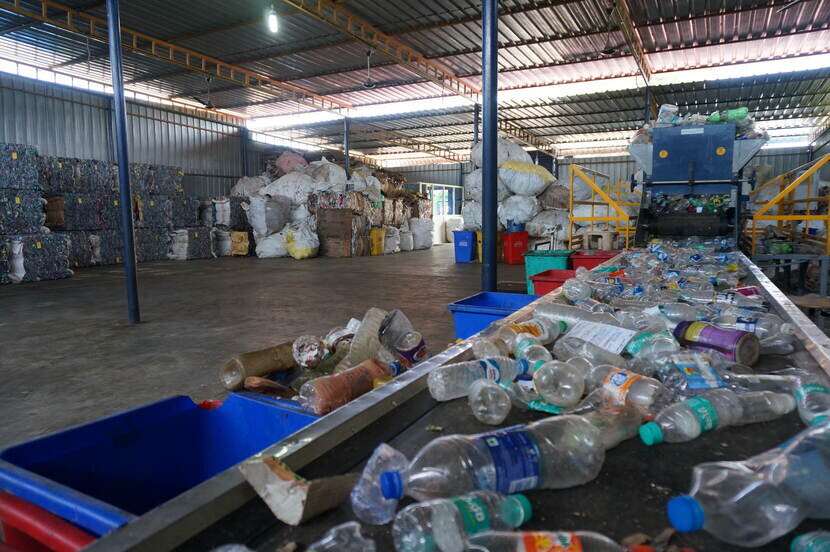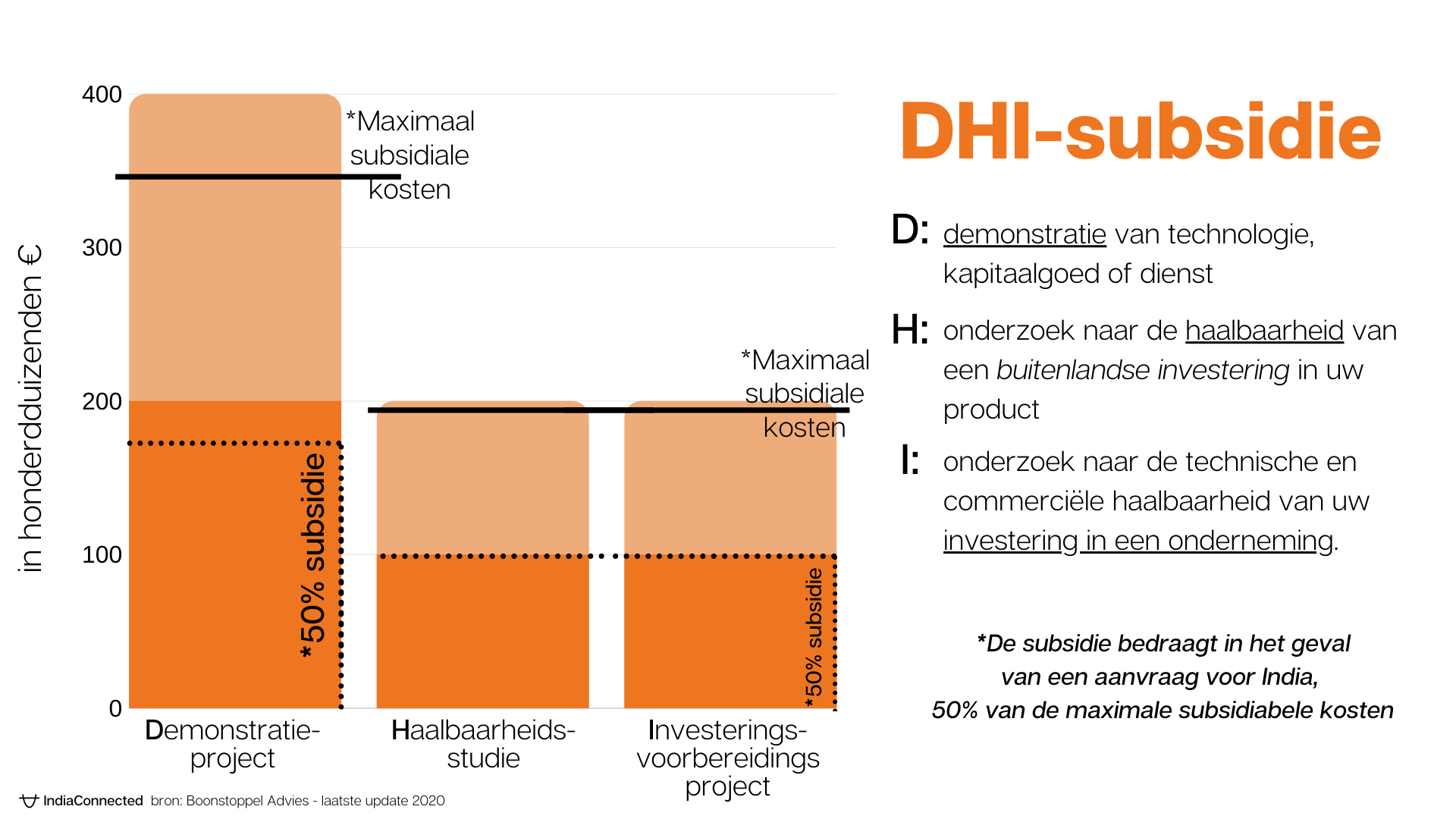Chip producer from Brabant, NXP, has grown into one of the largest chip producers in the world with a turnover of 11.1 billion dollars. “NXP’s operation in India plays a big part in that”, says Vice President of NXP, Sanjay Gupta. “We have 650 patents to our name.”
Sanjay Gupta (in blue) during the NXP India Mentorship Program
Largest R&D hub
NXP has 4 R&D offices in India. More than 3000 people work there in total. The various locations focus on specific markets. In Noida, near capital Delhi, they design hardware and software used in the next generation of microcontrollers and microprocessors for the automotive and edge computing industries, in Bengaluru they focus on the IoT and security markets, in Pune on connectivity solutions and in Hyderabad on software solutions for the communications and infrastructure market. "India is NXP's largest R&D hub," Gupta says. "And is also considered one of the most innovative hubs. We have so far been able to add more than 650 patents from India to NXP's already impressive list of patent families." This, according to Gupta, once again underlines the quality of Indian engineers.
Business culture in India
Gupta himself was an engineer from a leading university in India. "Twenty-six years ago, as a recent graduate, I was offered a job with this great organisation. I was fortunate to have multiple opportunities to grow and excel within this global company and was guided and supported by the management of NXP every step of the way, from one challenging role to another. In 2016, I was given the most challenging opportunity to lead NXP India, while the company merged with US semiconductor maker Freescale. Examples like my career within NXP are a huge motivator for our people: they know that truly everyone has the opportunity to develop within the company."
NXP's Senior Leadership Team is actively working to create a family culture across all sites. "This is also good for the business," says Gupta. "Despite the fact that our teams in India are literally miles apart and focus on different products and markets, we encourage collaboration between departments as much as possible. We find that when we bring different disciplines together, they learn incredibly well from each other and often come up with new ideas or solutions for their own segment."
Ease of doing business
According to the India vice-president, companies who are still unsure whether India is the right location for their R&D department should make a move now. "There is a lot of talent in India and you don't have to worry as a company about the quality they can deliver. Moreover, doing business in India is becoming easier; just look at the enormous leap India has made in the past five years on the World Bank's Ease of Doing Business list. In addition, the government is investing heavily in the development of industries such as manufacturing and the chip industry. No wonder India is becoming increasingly popular with foreign investors."
Read more about the benefits of outsourcing your R&D to India and why now is the right time:
Tax benefits
The Indian government has announced in the 2022 budget to extend the tax benefits applicable to international companies setting up a manufacturing plant in India. In addition, major investments will be made in the chip industry, the automotive industry and infrastructure. According to Gupta, this offers interesting opportunities for European companies. "If you want to successfully enter the market in India, you need a long-term vision. Therefore, you should not only consider setting up your R&D here, but also explore the production possibilities. That way you can take advantage of the current incentives and be agile and prepared to respond to the rapid developments in Indian society."
Competition increases
Gupta is not worried about the potential competition for NXP now coming to India due to the favourable business environment. "First of all, I think competition is healthy for any company because it makes you more focused and efficient. In addition, we at NXP are so versatile, we work with talented people and the markets in which we operate are developing so rapidly that I expect us to increase our sales significantly in the next five years. Take for example the automotive industry, one of our key markets. We are currently working on exciting innovations and solutions for electric vehicles, infotainment & connected cars and autonomous vehicles, with a focus on improving the customer experience. This sector will continue to evolve in the coming years."
India is at a turning point
The MD admits that these advanced technologies may not yet be 100 per cent suited to the current needs of the Indian consumer. "But make no mistake, India has a population of over 1.4 billion, half of whom are under 35 years of age. This rapidly developing country has a growing middle class and rising income levels, creating huge business opportunities for international companies if they dare to seize the chance to invest in India and be part of this journey. India is known for embracing new technologies and solutions at an exponential rate, once they are at an affordable level. For instance, India is the largest two-wheeler country in the world. Every year, more than 20 million motorbikes and scooters are produced for the Indian market. The number of Internet users is also a good example. It has increased by 800 per cent in 10 years. Paying or shopping online was very unusual just a few years ago and now it has become commonplace. India is at an interesting turning point that companies should take advantage of."
Market entry workshop
To become truly successful in India and take advantage of the opportunities described by Sanjay Gupta, a solid market entry strategy is required. India is a market that requires a long view and a good understanding of local needs and preferences. To make sure you start with the right strategy, IndiaConnected has set up a special Market Entry Workshop.
In 2 hours you will discuss your strategy with our experts and the following topics will be covered:
Get a better understanding of what is involved in your market entry in India.
Receive valuable feedback on your current India strategy from independent experts.
Expertise in every field: sales, manufacturing, legal, tax, finance, supply chain, recruitment, etc.
Request a quote from us now.





